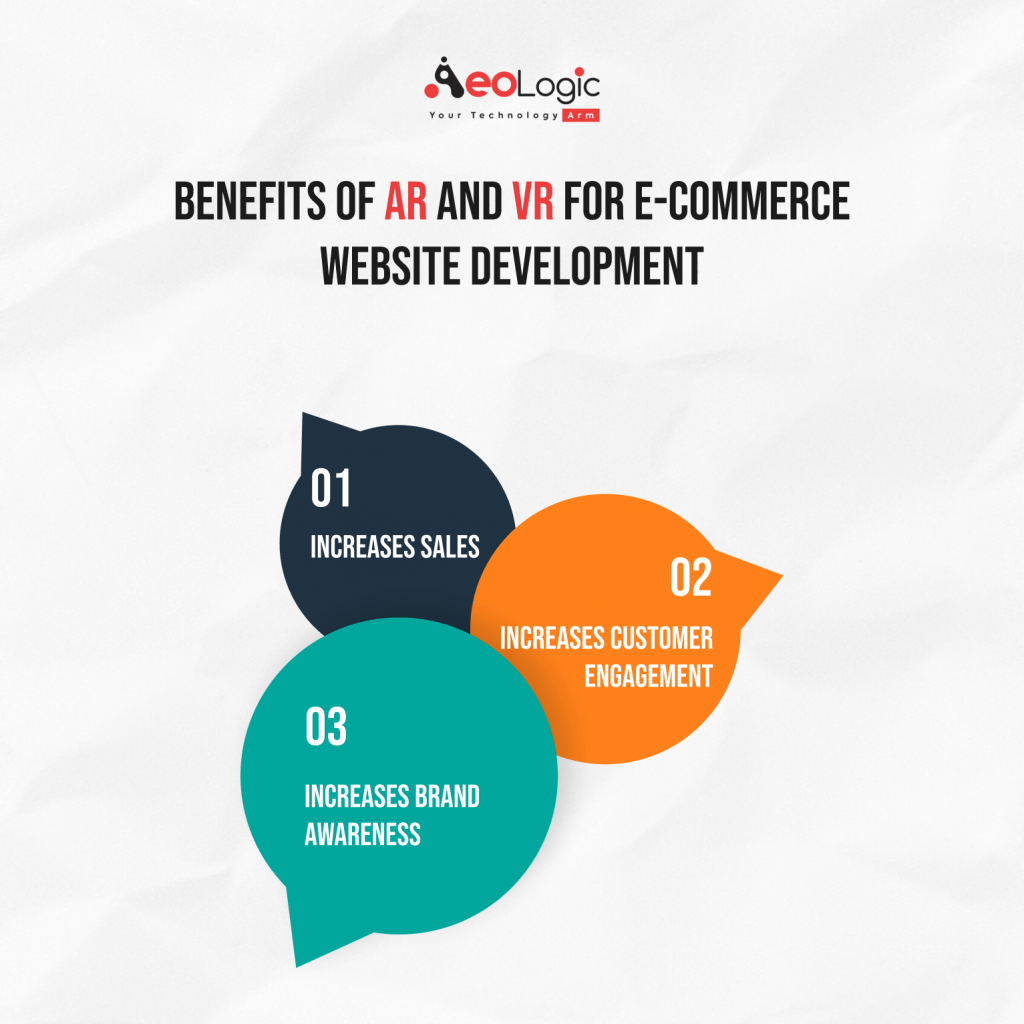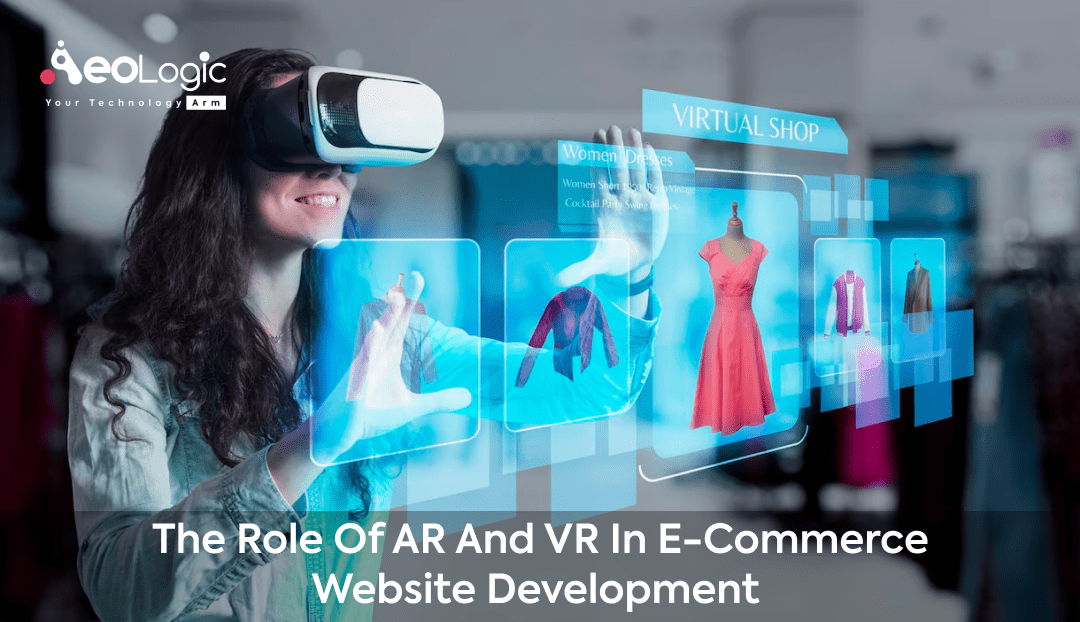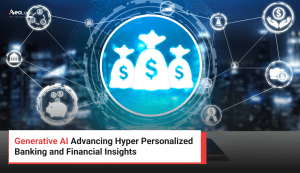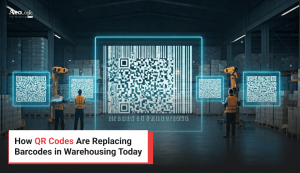E-commerce is one of the major aspects of the world market as this allows people to shop from their homes or their comfort zones. Generally, E-commerce refers to the process of buying or selling something on the Internet or any particular organization’s website. However, it is very crucial to develop an E-commerce website as there are many issues to face while developing a website related to E-commerce.
There are many E-commerce websites also present but there is nothing new that attracts customers. It needs to bring something new to the E-commerce website than ever before. There are many technologies around the world from which AR and VR are the ones that can possess the ability to enhance E-commerce website development. Not only for customers but AR and VR have an incredible market revenue past as here are some stats mentioned that show the same.
- The market size of AR retail in 2021 was 1.9 Billion in 2021 and is close to 2.5 Billion in 2023.
- The market size of VR retail in 2021 was 2 Billion in 2021 and is close to 2.5 Billion in 2023.(Source)
These numbers will surely increase in the future if AR and VR are positively implemented in the E-commerce website development process to enhance the shopping experience via the Internet. In this article, we will look for every detail related to AR and VR and how these technologies can contribute to the development of E-commerce website development and also see some real-life E-commerce organization examples that already implement these technologies.
Also Read: Benefits and Challenges of Using VR and AR in Education
AR in E-commerce Website Development?
Generally, Augmented reality (AR) is an enhanced version of the real world, achieved through the use of computer-generated digital information which includes visual, sound, and other sensory elements. AR can also contribute to the E-commerce sector in many ways as it can provide customers with a new experience of shopping for things via their homes. It can be used by retailers as part of their marketing efforts and for other many enhancements.
VR in E-commerce Website Development?
Generally, Virtual reality is a simulated 3D environment that enables users to explore and interact with virtual surroundings in a way that approximates reality, as it is perceived through the users’ senses. The environment is created with computer hardware and software and also users need to wear devices such as helmets or goggles to interact with the surrounding environment. With benefits for the technical world, it can contribute to E-commerce website development as it can provide a virtual experience of real products in shopping that thrill the customers.
Common Features of AR and VR Website
As with every technology, AR and VR possess many features that could be beneficial for e-commerce website development. Here are some common features of AR and VR mentioned.
Real and virtual world settings: AR uses a real-world setting whereas VR uses a virtual-world setting. AR graphics can be developed based on real-world elements and VR also possesses graphics but its graphics are customizable according to your desire.
Can access through certain devices: Both are accessible through certain devices as AR can be accessed through your smartphones and VR can be accessed through a headset. Both are user-friendly and accessible and don’t need any rare devices as they can be accessed through commonly used devices across the world.
Can adapt different users’ inputs: Both have characteristics to adapt different inputs provided by users to work such as gestures, voice, controllers, etc. With the integration of AI, both can become more powerful and capable of performing any task.
Also Read: Unlocking the Future of Education with EdTech Solutions
Benefits of AR and VR for E-commerce Website Development

With their many features, AR and VR offer a lot of benefits to E-commerce website development. Here are some benefits mentioned.
Increases in sales: AR and VR lead to an increase in sales for the E-commerce platforms as they enable more angles for shopping. This attracts customers and leads to an increase in sales for the organizations.
Increases in customer engagement: AR and VR provide an immersive experience of shopping that increases the engagement of users as they have a habit of conventional online shopping interfaces but both technologies offer something incredible so they found it more engaging.
Increases brand awareness: Unique E-commerce website development for any organization enables free marketing for brands as customers are thrilled with new evolutions in E-commerce websites makes them excited with others and increases marketing and brand awareness.
Common Applications of AR and VR for E-commerce Website
There are many applications or use cases of AR and VR for E-commerce websites. Here are some applications that are mentioned.
Product visualization
In E-commerce shopping, Product visualization is a great way to show your product in a virtual environment. As AR and VR allow you to show your product in a real-world environment, that can help you convince customers to buy it.
360 Degrees Videos and Immersion
On the other hand, these both allow you to immerse your customers in your brand’s story, whether it’s behind the scenes or with an experience they would otherwise not be able to have. VR headset offers 360-degree views of products and many videos that help customers to properly investigate the desired products.
Enhance Shopping Experience
There are shopping aspects that can be enhanced using AR and VR on E-commerce websites. Shopping can be used to try on clothes and see them in 3D. Where VR shopping allows you to see products in context, such as seeing how furniture looks in your living room, etc.
Real-World Examples of E-commerce AR/VR Website
This is not new to using AR and VR to E-commerce websites to enhance the shopping experience for customers as some known companies are already using these technologies and also achieved success across their journey.
Here are some examples of E-commerce brands and use cases of AR and VR for them mentioned.
| E-commerce Brand | Use cases |
| 1. IKEA | Shop furniture with a new angle of inspection. |
| 2. AMAZON | Use AR to shop in a more interactive method. |
| 3. BMW | To provide a virtual view of their car. |
| 4. LENSKART | to try on various eye care products virtually. |
Challenges with AR and VR
With lots of positives, there are some challenges too that could be faced while implementing AR and VR on your E-commerce website. Here are some challenges mentioned.
- The high cost could be a factor that affects the use of AR and VR for most of the E-commerce brands.
- AR and VR have the potential of making addiction to customers which enables customers to spend more time on screen which affects their health.
- As these are a type of technology, there could be many technical errors that can’t be solved too easily as there are very few who know everything about AR and VR.
Also Read: Intelligent Automation Solutions for Higher Education
Final Words
AR and VR have great potential to develop an E-commerce website experience and bring many incredible features for shopping. According to a report by Goldman Sachs Research, the global market for augmented reality (AR) will reach $83 billion by 2025. So many new companies started to explore these technologies to enhance their E-commerce experience. But still, these technologies are too expensive to implement but worth it. In the future, there will be more features and benefits that could be brought by AR and VR that totally can change the face of the E-commerce website experience.
Are you looking to implement AR and VR into your ecommerce website? If yes, so, please feel free to contact us at support@aeologic.com










